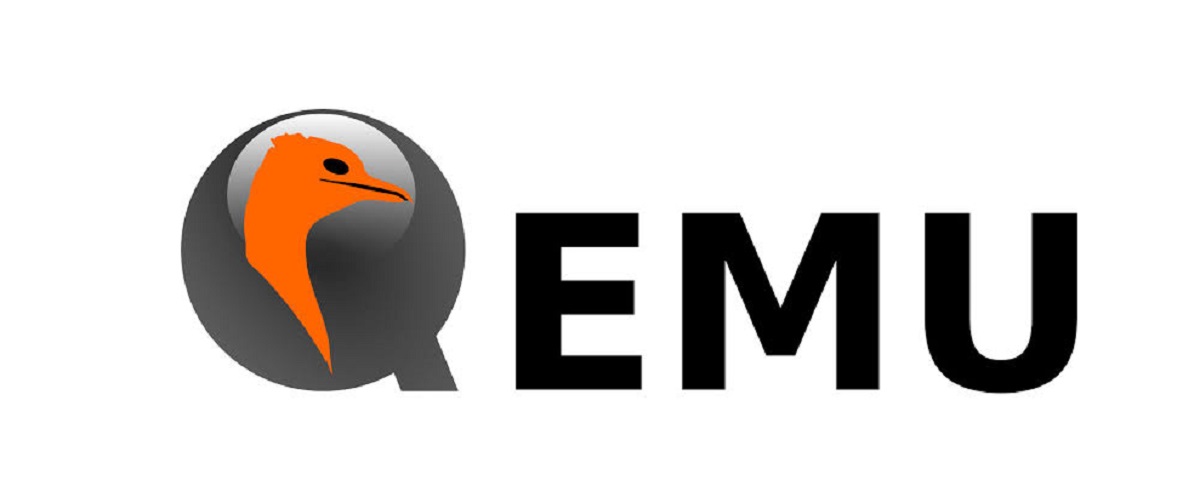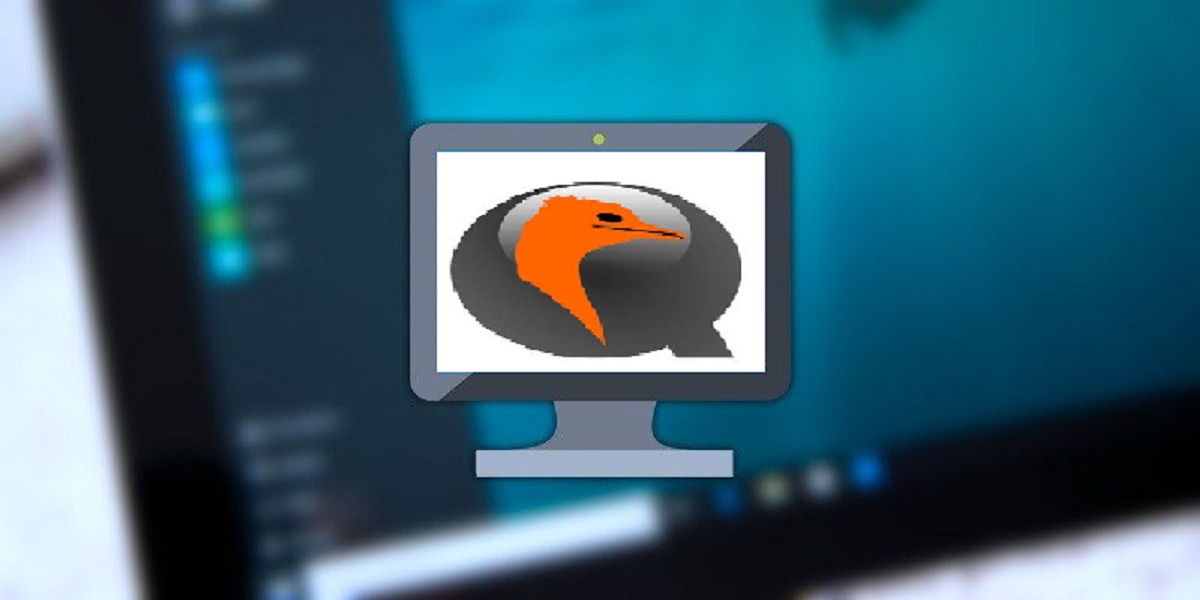
Yesterday we were talking about the liberation of the new version of Bochs 2.16.10 which is an alternative to VirtualBox and now the launch of the QEMU 4.2 project has been presented in which some new features and especially improvements are presented to the project. In preparation for version 4.2, more than 2200 changes were made from 198 developers.
For those unaware of QEMU they should know that this is an emulator that allows you to run a compiled program for a hardware platform in a system with a completely different architecture, for example, running an ARM application on an x86 compatible PC.
In virtualization mode in QEMU, the performance of running code in an isolated environment is close to the native system due to direct execution of instructions on the CPU and the use of the Xen hypervisor or KVM module.
Main new features in QEMU 4.2
In this new edition of QEMU 4.2 the architecture emulator ARM received support for Aspeed AST2600 SoC emulation «Ast2600-evb» as well as the support for Semihosting 2.0 technology with extensions STDOUT_STDERR / EXIT_EXTENDED, which allows the emulated device to use stdout, stderr, and stdin to create files on the host side.
While for the KVM added the ability to use more than 256 CPUs and provide support for SVD SIMD instructions, as well as improved emulation performance using the TCG code generator.
It is also highlighted that a new type of microvm machine has been added emulated to the x86 architecture emulator, using virtio-mmio instead of PCI to optimize performance. The ability to enable and disable VMX through the «-cpu«.
Added support for emulating AVX512 BFloat16 extensions. Support is provided for the new Denverton (Atom-based SoC server), Snowridge and Dhyana CPU models. Stabilized support for MacOS Hypervisor Framework («-Accel hvf").
For the Network Block Device (NBD) device driver it provides more efficient processing of read copy requests. The NBD server code is optimized for copying sparse images (with voids). It has been realized general improvements to the NBD client and server implementation.
For PowerPC architecture emulator is ability to emulate the instructions POWER9 mffsce, mffscrn and mffscrni. On emulated machines, "powernv" added Support for Homer and OCC SRAM system devices.
In virtio-mmio added virtio-compatible standard 2 and a specific specification virtio 1,1 a packaged virtual queuing (virtqueue) mechanism for exchanging data with a virtual I / O device in batch mode.
Of the other changes that stand out from this new version of QEMU 4.2:
- The classic code generator TCG (Tiny Code Generator) supports plugins to monitor processor instructions and addresses in memory.
- Higher LUKS disk encryption performance using the AES-XTS algorithm.
- Vfio-pci adds property support failover_pair_id to simplify the migration of VFIO devices.
- The "-initrd" option has been added to the RISC-V architecture emulator and the ability to see the full status of the architecture in the debugger.
- The s390 architecture emulator supports IEP (Instruction Execution Protection).
- In the 68k architecture emulator, the initial ability to emulate the Macintosh Quadro 800 and classic NeXTcube systems was added.
- In the xtensa architecture emulator, a new type of "virt" emulated machines has been added and ABI call0 support for user space emulation has been implemented.
How to install QEMU 4.2 on Ubuntu and derivatives?
The installation of this new version of QEMU is not currently available through the official Ubuntu channels, but we have to wait a few days for the binaries to be made available in the repositories.
As soon as they are available, just open a terminal (you can do it with the shortcut Ctrl + Alt + T) and we are going to type the following:
sudo apt-get install qemu-kvm qemu virt-manager virt-viewer libvirt-bin
Or they can also perform the installation and wait for the new update to be notified to only update the packages.

